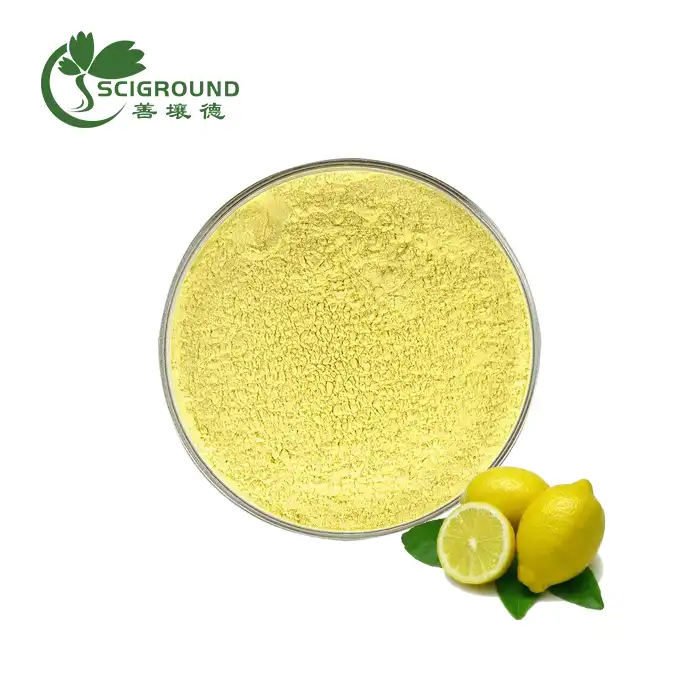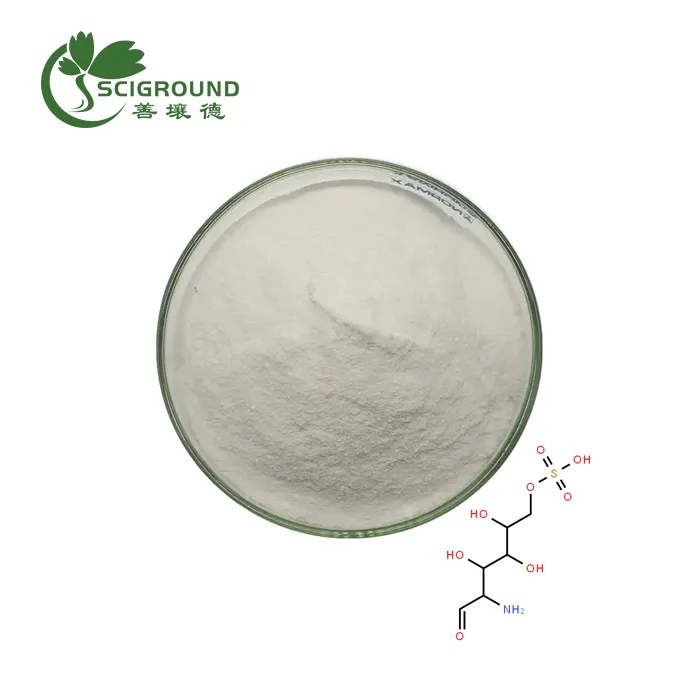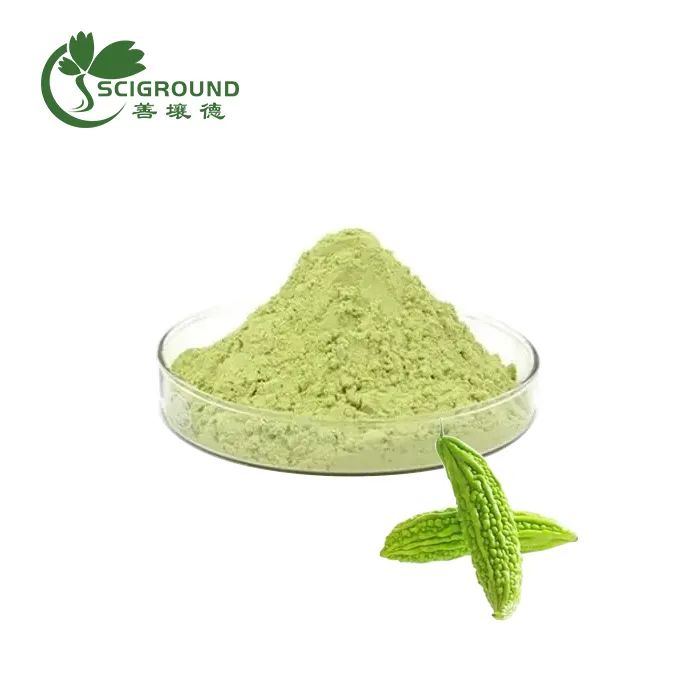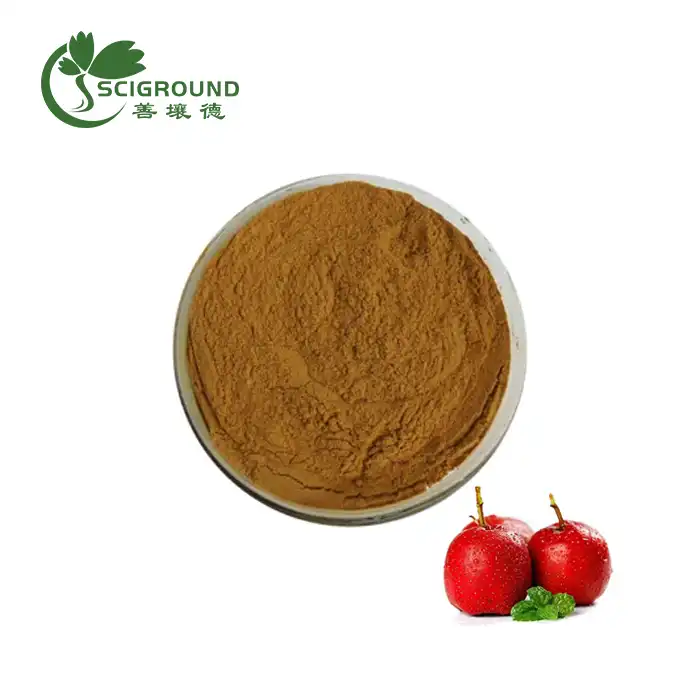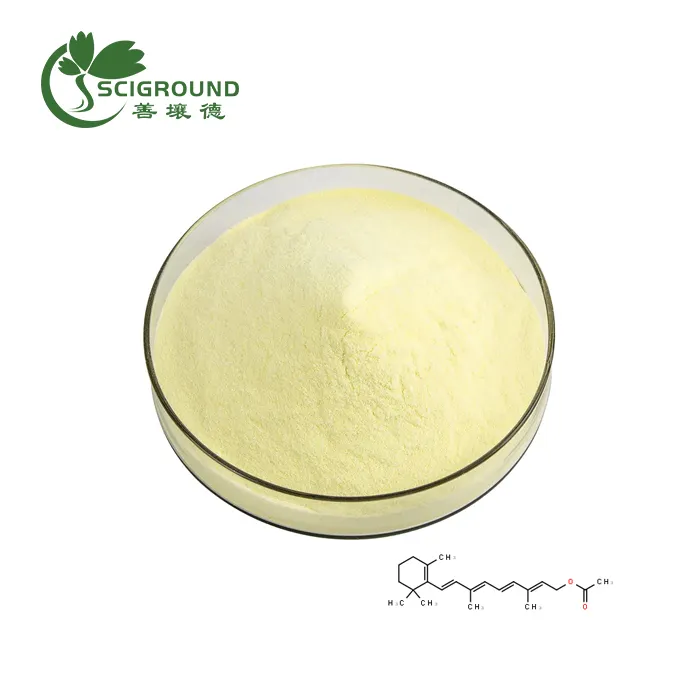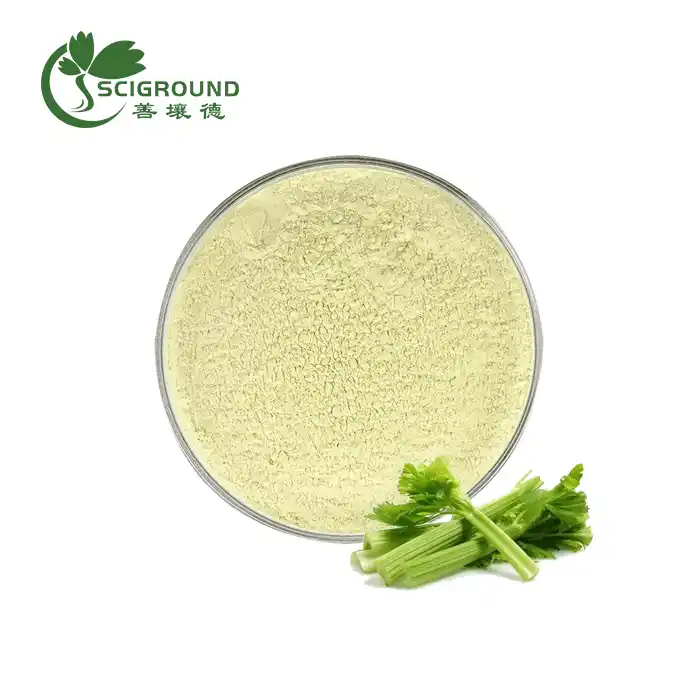Are Mulberry Leaves Edible
Mulberry trees, revered for their sweet and succulent berries, extend their culinary offerings beyond just the fruits. The question arises: are mulberry leaves edible? The answer is a resounding yes. Mulberry leaves, particularly from the Morus alba (white mulberry) tree, have been consumed in various cultures for centuries. With a mild, slightly sweet flavor, these leaves are often used in traditional Asian cuisines, where they're incorporated into dishes or brewed as tea. Rich in nutrients, including vitamins and minerals, mulberry leaves contribute to their appeal as an edible green. However, it's essential to distinguish between species, as not all mulberry leaves are palatable. This exploration of the edibility of mulberry leaves unveils their potential as a versatile and nutritious addition to culinary endeavors.
Is Mulberry Leaf Safe?
Mulberry leaves, derived from the Morus tree, have a rich history of culinary and medicinal use in various cultures. As a source of essential nutrients and potential health benefits, the safety of mulberry leaves is a subject of interest.
Edibility and Culinary Use:
Mulberry leaves, particularly from the Morus alba (white mulberry) tree, are edible and have been consumed in traditional Asian cuisines for centuries. With a mild, slightly sweet flavor, these leaves find their way into soups, salads, and tea. It is crucial, however, to distinguish between species, as not all mulberry leaves are recommended for consumption.
Nutrient Content:
Mulberry leaves are a nutritional powerhouse, containing vitamins, minerals, and antioxidants. They are a good source of vitamin C, vitamin K, iron, potassium, and dietary fiber. The leaves also contain compounds like flavonoids and polyphenols, contributing to their potential health-promoting properties.
Medicinal Use:
Mulberry leaves have been utilized in traditional medicine for their purported health benefits. Studies suggest potential anti-diabetic effects, attributed to compounds like DNJ (1-deoxynojirimycin) that may inhibit carbohydrate absorption (Andallu et al., 2001).
Safety Considerations:
While mulberry leaves are generally considered safe for consumption, caution should be exercised. Some individuals may experience allergic reactions, and certain species of mulberry leaves may have varying safety profiles. It's advisable to consult with a healthcare professional, especially for individuals with pre-existing conditions or those taking medications.

Are Mulberry Tree Leaves Toxic?
Generally, mulberry tree leaves from commonly cultivated species like Morus alba (white mulberry) are not considered toxic and have been historically used for various purposes. However, there are some important considerations to keep in mind.
Edible Varieties: Mulberry leaves from certain varieties, particularly Morus alba, are known to be safe for consumption. In fact, they are used in traditional cuisines in some cultures, either cooked as greens or brewed into tea. These leaves contain nutrients and antioxidants, contributing to their potential health benefits.
Toxic Varieties: While many mulberry tree species are safe, it's crucial to note that not all mulberry leaves are edible. Some varieties may have leaves with potential toxicity, and consuming leaves from these species could lead to adverse effects.
Individual Variability: Allergic reactions or sensitivities to mulberry leaves can vary from person to person. It's advisable to start with small quantities if incorporating mulberry leaves into your diet to observe any potential adverse reactions.
As a precaution, if unsure about the specific type of mulberry tree or its edibility, it's recommended to consult with local experts, such as botanists or agricultural extension services. Additionally, pregnant women and individuals with existing health conditions should seek advice from healthcare professionals before introducing mulberry leaves into their diet. Overall, while many mulberry tree leaves are safe for consumption, due diligence and awareness of the specific variety are essential for a safe culinary experience.
Is White Mulberry Leaf Toxic to Humans?
White mulberry leaves (Morus alba) are generally considered safe for human consumption and have been used historically for various purposes, including culinary and medicinal applications. However, as with any plant, there are considerations and variations to be aware of.
Edibility and Culinary Use:
White mulberry leaves have been utilized in traditional Asian cuisines for centuries. They have a mild, slightly sweet flavor and are commonly used in cooking, such as in soups, salads, and teas. The leaves are rich in nutrients, including vitamins, minerals, and antioxidants, which contributes to their potential health benefits.
Medicinal Uses:
White mulberry leaves have been explored for their potential medicinal properties. Some studies suggest that certain compounds found in these leaves, such as 1-deoxynojirimycin (DNJ), may have anti-diabetic effects by inhibiting carbohydrate absorption (Andallu et al., 2001).
Toxic Varieties and Individual Sensitivities:
While white mulberry leaves are generally safe, it's important to note that not all mulberry varieties are created equal. Some species may have leaves with potential toxicity. Additionally, individual sensitivities and allergic reactions can vary. As with introducing any new food into one's diet, it's advisable to start with small quantities to observe any adverse reactions.
Pregnancy and Health Conditions:
Pregnant or breastfeeding women and individuals with specific health conditions should exercise caution and seek guidance from healthcare professionals before incorporating white mulberry leaves into their diet. While the leaves have nutritional value, individual health considerations are crucial.
In summary, white mulberry leaves are not considered toxic to humans and have been consumed for both culinary and potential medicinal purposes. However, caution should be exercised when identifying the specific species, as not all mulberry varieties are safe for consumption. Individuals with existing health conditions or concerns should seek advice from healthcare professionals before incorporating white mulberry leaves into their regular diet.
References:
Andallu, B., Vinay Kumar, A. V., & Varadacharyulu, N. C. (2001). Lipid abnormalities in streptozotocin-diabetes: amelioration by Morus indica L. cv Suguna leaves. International Journal of Diabetes in Developing Countries, 21(1), 13–16. doi:10.1007/BF02783346
Related Industry Knowledge
- What does actinomycin D do?
- Why are ginkgo leaves special?
- What is the agar powder?
- What does Agaricus Blazei do for the skin?
- What is Aloin?
- What is Euphohelioscopin A?
- In what form is turmeric best absorbed?
- How much curcumin should I take daily to reduce inflammation?
- What is astragalus best for?
- Is vitamin b6 added to enriched grains
